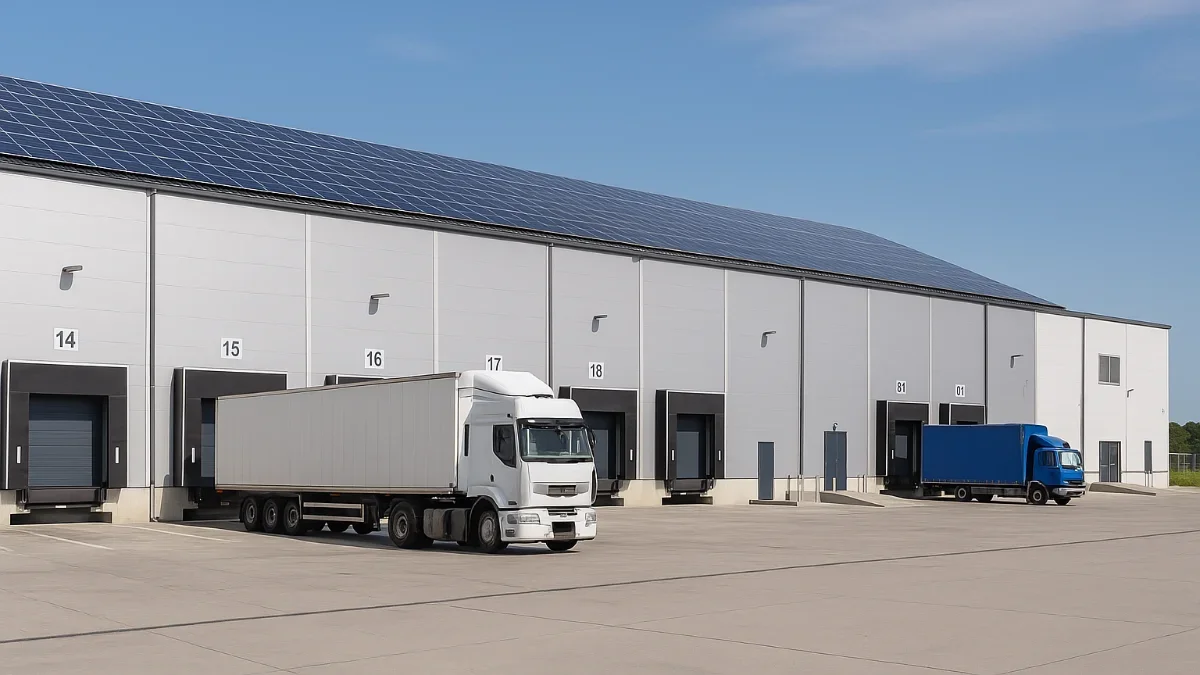Take a deep dive into how Shah Alam transformed from a traditional manufacturing center to one of Malaysia’s most sought-after logistics and e-commerce industrial zones.
Shah Alam’s Industrial Evolution: From Manufacturing Hub to Logistics Powerhouse
Shah Alam, the capital of Selangor, has long been synonymous with industrial activity. But the nature of that activity has changed significantly over the last two decades. What began as a manufacturing-driven industrial township has now transformed into a logistics and distribution powerhouse—central to Malaysia’s supply chain ecosystem in 2025.
Phase 1: 1970s–1990s – The Manufacturing Boom
When Shah Alam was established in the 1970s, it was Malaysia’s first planned city. Major multinational corporations (MNCs) like Proton, Panasonic, and Carlsberg set up production plants in key zones such as Hicom Glenmarie and Section 26. These factories served both domestic and export markets.
- Key sectors: Automotive, electronics, food & beverage
- Industrial areas: Section 15, 16, 20, 26
- Tenure: Mostly freehold or 99-year leasehold factory lots
Phase 2: 2000s–2015 – Diversification & Technology Adoption
As land supply tightened and urban populations grew, Shah Alam’s industrial landscape began to shift. Semi-D factories and SME clusters flourished in Section 33, UEP, and Bukit Kemuning. New industrial parks began offering gated security, better truck access, and automation readiness.
- Rise of SMEs and light industrial parks
- Modernization of factory specifications
- Increased logistics activity to support Klang port and Greater KL
Phase 3: 2016–2025 – The Rise of Logistics, E-Commerce & Automation
Driven by digitalization, e-commerce, and supply chain upgrades, Shah Alam is now one of the top logistics nodes in Malaysia. Modern warehouses with high ceilings, multiple loading bays, and solar-ready rooftops have become the norm.
Areas like Section 23, Section 33, and Alam Budiman are hotspots for 3PL providers, FMCG distribution hubs, and e-commerce fulfillment centers.
Key Drivers of This Shift:
- Proximity to West Port and Klang
- Access to major expressways: NKVE, KESAS, Federal Highway, GCE
- Strong last-mile delivery ecosystem (to Klang Valley, PJ, Subang, etc.)
- Government incentives for automation and warehousing
Factory Typology: Then vs. Now
| Old Model | Modern Model |
|---|---|
| Low-ceiling, basic production floors | High-ceiling warehouses with 40ft container access |
| Minimal office space | Built-in office mezzanine with fiber optic connectivity |
| Limited loading bays | Dock levelers, 3–5 bays per unit |
| Manual operations | Automation-ready, solar-ready, ESG-compliant |
Future Outlook: Logistics-Centric Development
With Shah Alam’s prime location, robust road network, and established industrial community, the trend is clear: logistics and warehousing will continue to lead demand. E-commerce players, cold chain logistics, and FMCG distribution networks are expanding rapidly.
New projects are increasingly build-to-suit logistics hubs or multi-tenanted warehouses, optimized for high throughput and low downtime.
Conclusion: From Factories to Fulfillment
Shah Alam’s industrial journey is a textbook example of adaptive growth. From manufacturing to logistics, from old-style factories to smart warehouses—Shah Alam remains a top choice for investors, SMEs, and regional operators looking for long-term value.



